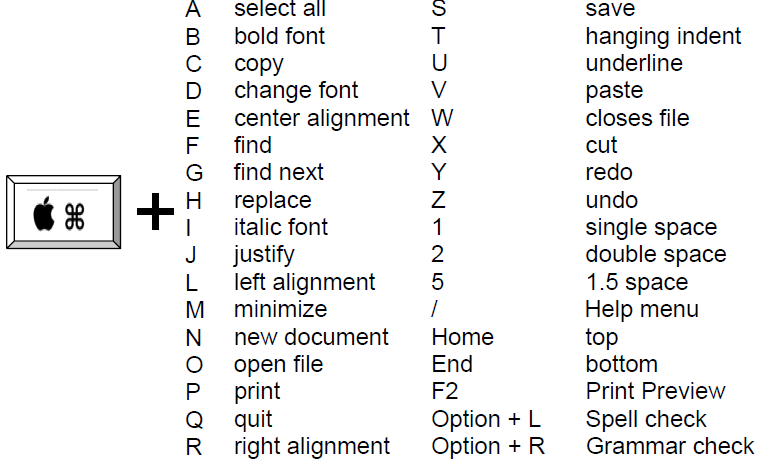

It’s the macOS program that helps you transfer your images and texts from one place to another when you copy and paste on MacBook.Īnytime you use the common shortcuts Command/⌘+X (cut) or Command/⌘+ C (copy), your Mac handily stores what you copy onto the Clipboard. To modify the original file, you have to interact with it directly.Clipboard functionality is a lifesaver for Mac users. So, whenever you copy/delete a shortcut, no changes will be made to the original file. Deleting the shortcut simply deletes this link, and copying this shortcut copies and pasts this link to another location. A shortcut is simply a link that points to a particular file. If you want to copy a file, folder, or an application’s entire data, you cannot just do that by interacting with the shortcut.

And here are the steps: Related Queries # Will Copying/Deleting a Shortcut Copy/Delete the Entire File? # No matter which browser you use, the process to do so is relatively similar. However, you’ll always need an internet connection to load that page. Hence, this method offers you a quick way to access your favorite websites. Once you do so, you can directly load that particular webpage without entering any web addresses. On a Mac, you can also make a shortcut to a particular webpage and save it to the desktop screen. Here are the exact steps you can follow: How to Save a Web Shortcut on Mac? # The core idea revolves around you holding these keys while you simultaneously drag and drop a particular file to the desktop screen. The Option + Command key combination is like a hotkey to create a shortcut for any file. You can then rename, copy and paste this shortcut file on the desktop screen. Doing this will create a shortcut for that program. You have the option to “Make Alias” of a particular file or a program. Both of these methods are carried out by interacting directly with the main file/program.

You have a couple of different ways to create desktop shortcuts on a Mac computer. How to Create Desktop Shortcuts on Mac? # You can therefore access the content of this file directly from the desktop screen rather than doing so through the Finder. They point to a particular file’s location on your computer and contain pieces of information that request the system to open the related file. The shortcuts contain links to a specific file.


 0 kommentar(er)
0 kommentar(er)
